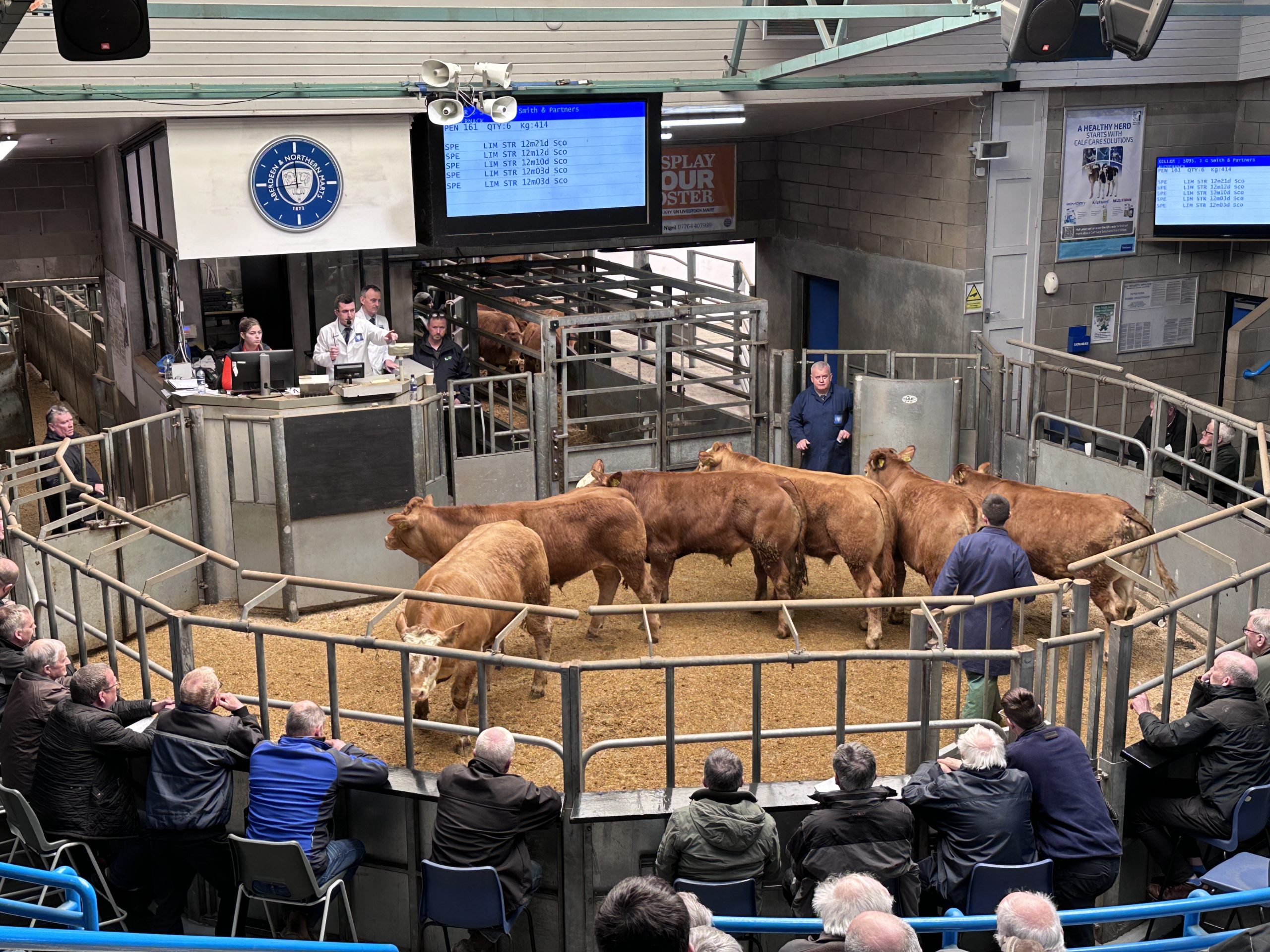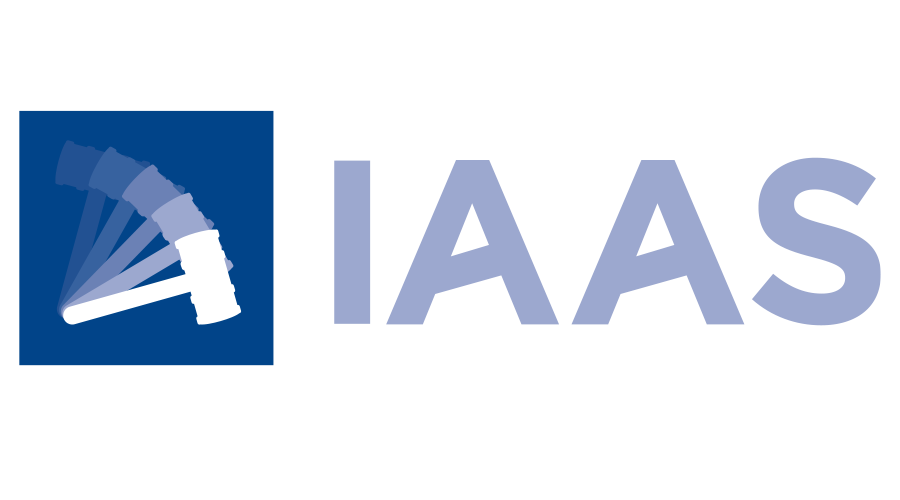The continued strong beef prices at the livestock marts, up almost 25% on last year, is bringing new faces to the ring as well as encouraging beef farmers to “stick in”, says Alan Hutcheon, President of the Institute of Auctioneers and Appraisers (IAAS).
“Cattle prices are riding higher than we’ve seen the like before,” says Alan. “There’s no way we’d be seeing prices like this without the live ring. The power of the live auction is that it sorts supply and demand and there will never be a fairer price than the one on the day at the mart. Everyone is looking for stock, and we’re seeing more choosing to sell at auction and new buyers at marts across Scotland, some up from England.”
Although the prices will inevitably level off at some point, says Alan, it’s great to see this confidence in sales and that confidence goes back to the farm:
“Some are seeing £400 more on a beast than this time last year, which if you look at inflation is about right. Costs are also up but for many farmers, we’re hearing, this is giving them to confidence to keep in beef, and for some to keep investing for youngsters in the family to take over, or to take on more labour.”
The jewel in the crown is the farrow cows, prime and store cattle, says Alan, but sheep are seeing the same positive patterns as last year.
“We’re wishing all those lambing good weather and results and look forward to keeping trade strong in the ring throughout the year.”
Neil Wilson, Executive Director of IAAS, added this price adjustment is what should be happening in the market:
“It has been needed for a long time. To break even for suckler beef is quoted at between £3.50/kg and £3.90/kg so most farmers have been losing money. The value of an artic load of finished cattle leaving the farm is now over £100k, it doesn’t feel that long ago that it was around £60k. This difference is substantial and very encouraging for the trade. However, there does need to be an element of caution not to rush heifers off for store markets, and to keep older cows and ewes longer, to ensure that core suckler and breeding ewe numbers are kept up. Otherwise, the demand for Scottish livestock won’t be met by supply for the long term.”
At the end of March, the Young Farmer overwintering competitions will take place in the marts. In conjunction with SAYFC, store cattle bought at the back end of the year by young farmers are shown and sold. The winners are those who achieve most points across categories including quality, DLWG, best presented and paraded, and best gross margin.
“This is always a great day and it’s so good to see so many youngsters interested in livestock and making their way in the business,” says Alan. “We’re looking forward to seeing this year’s contenders and some good sales.”

